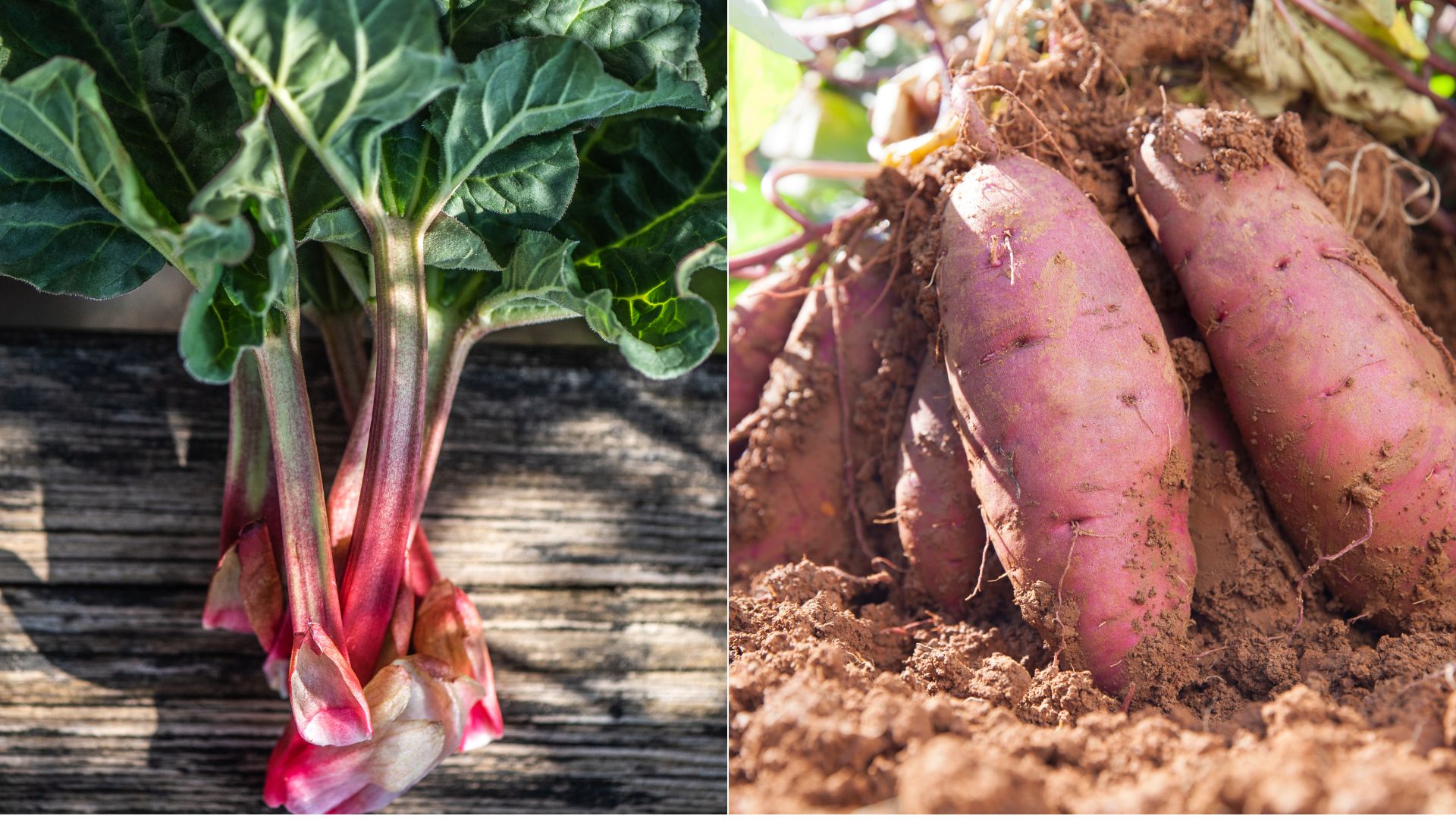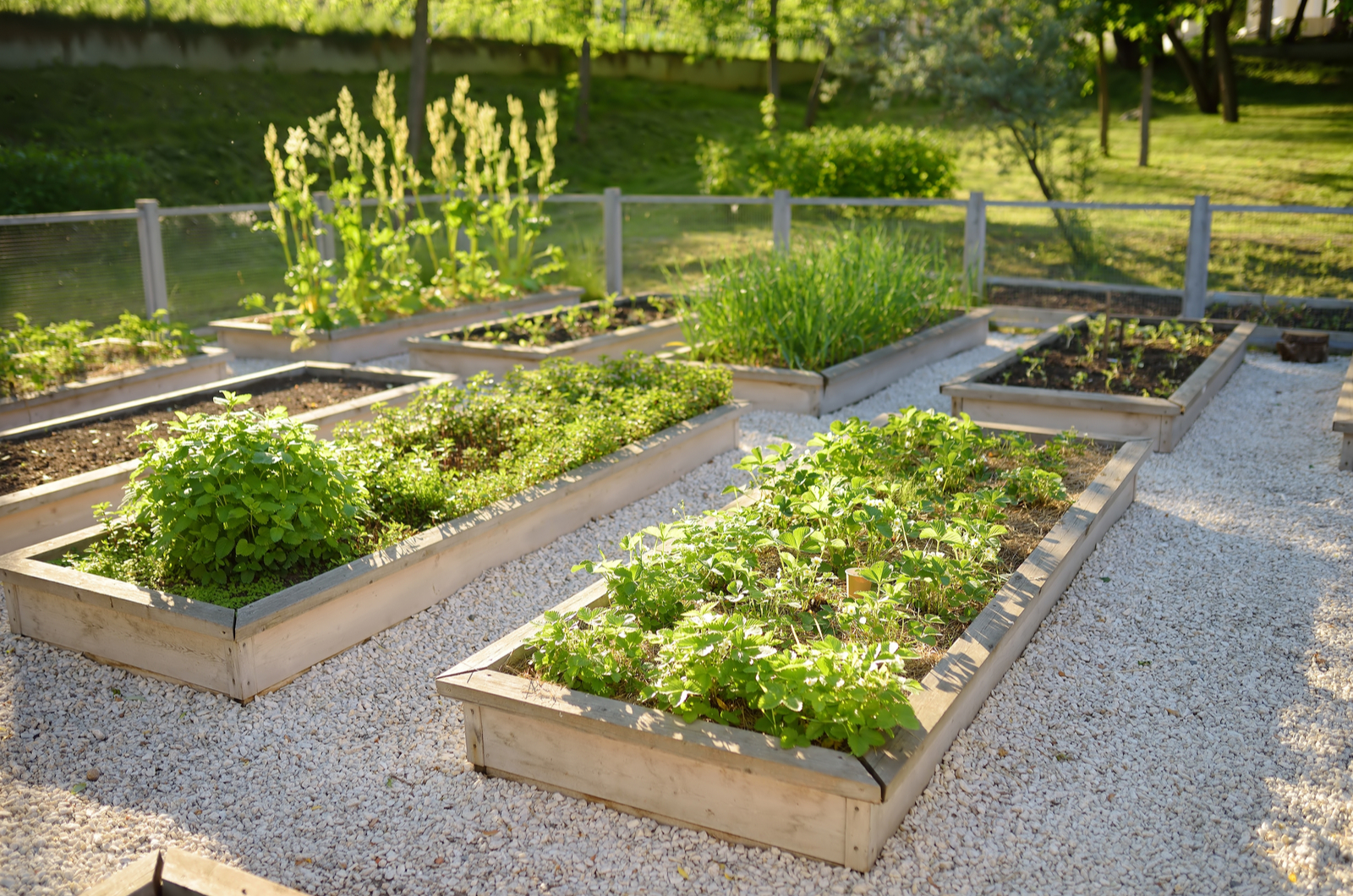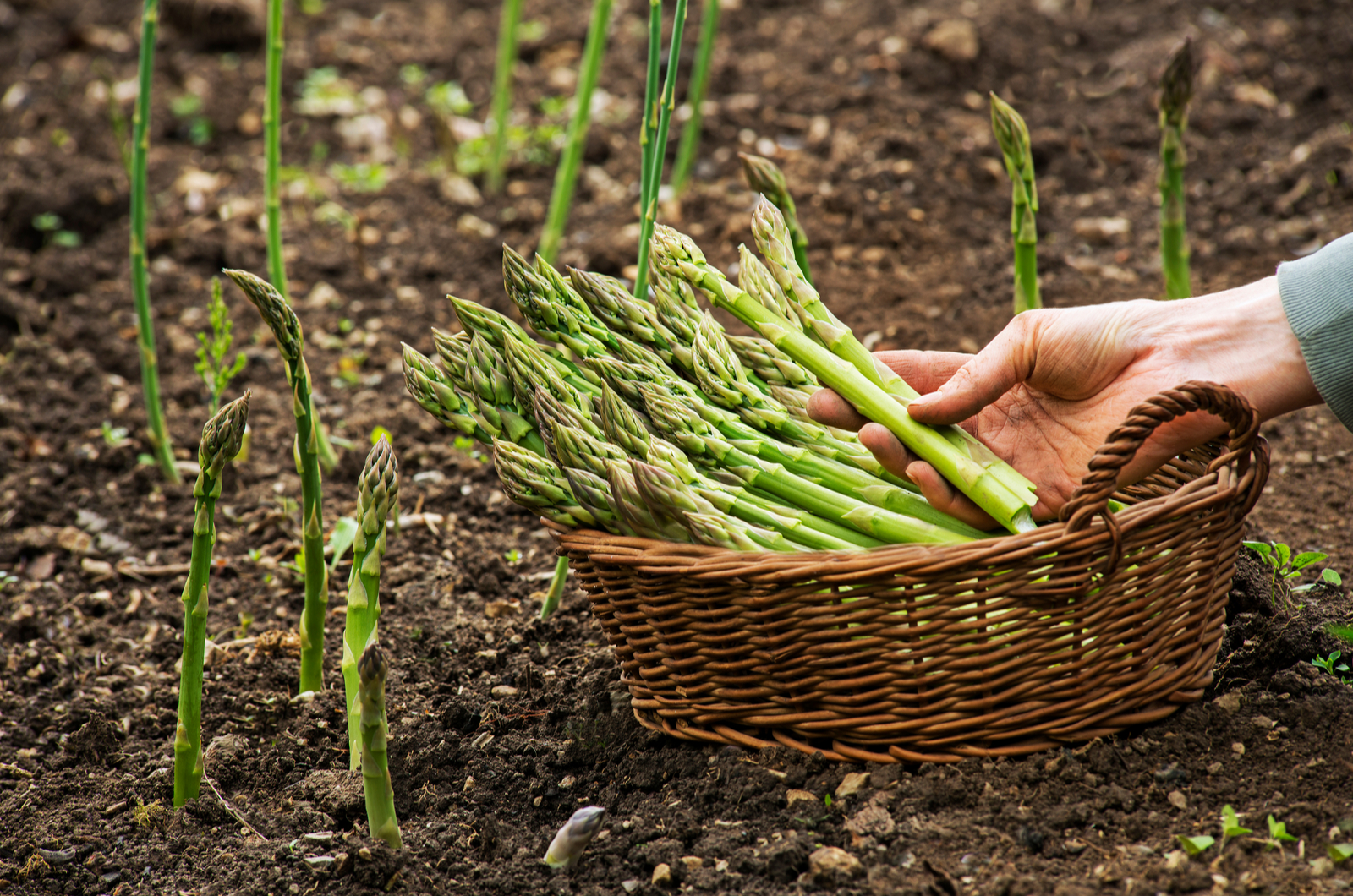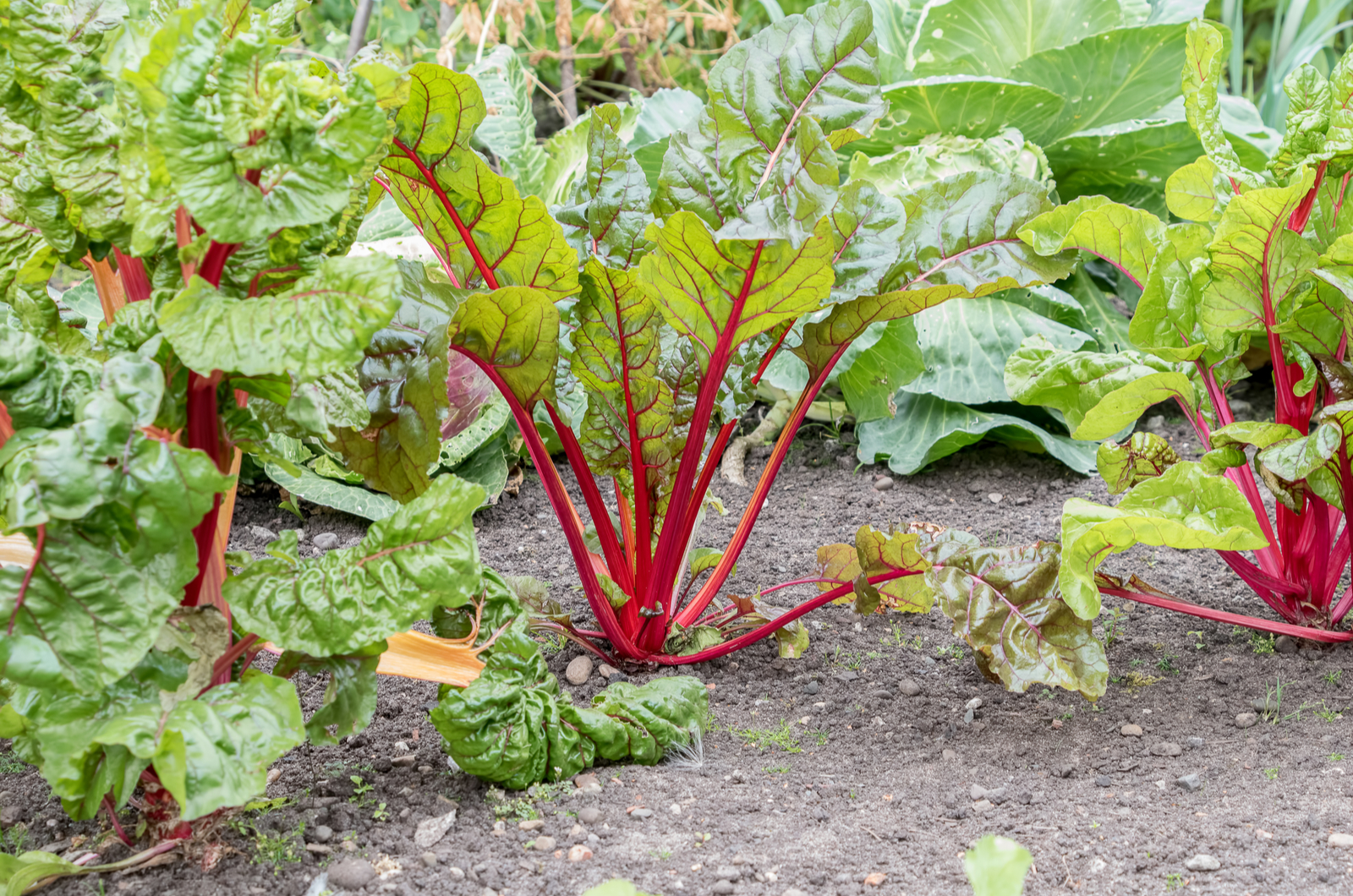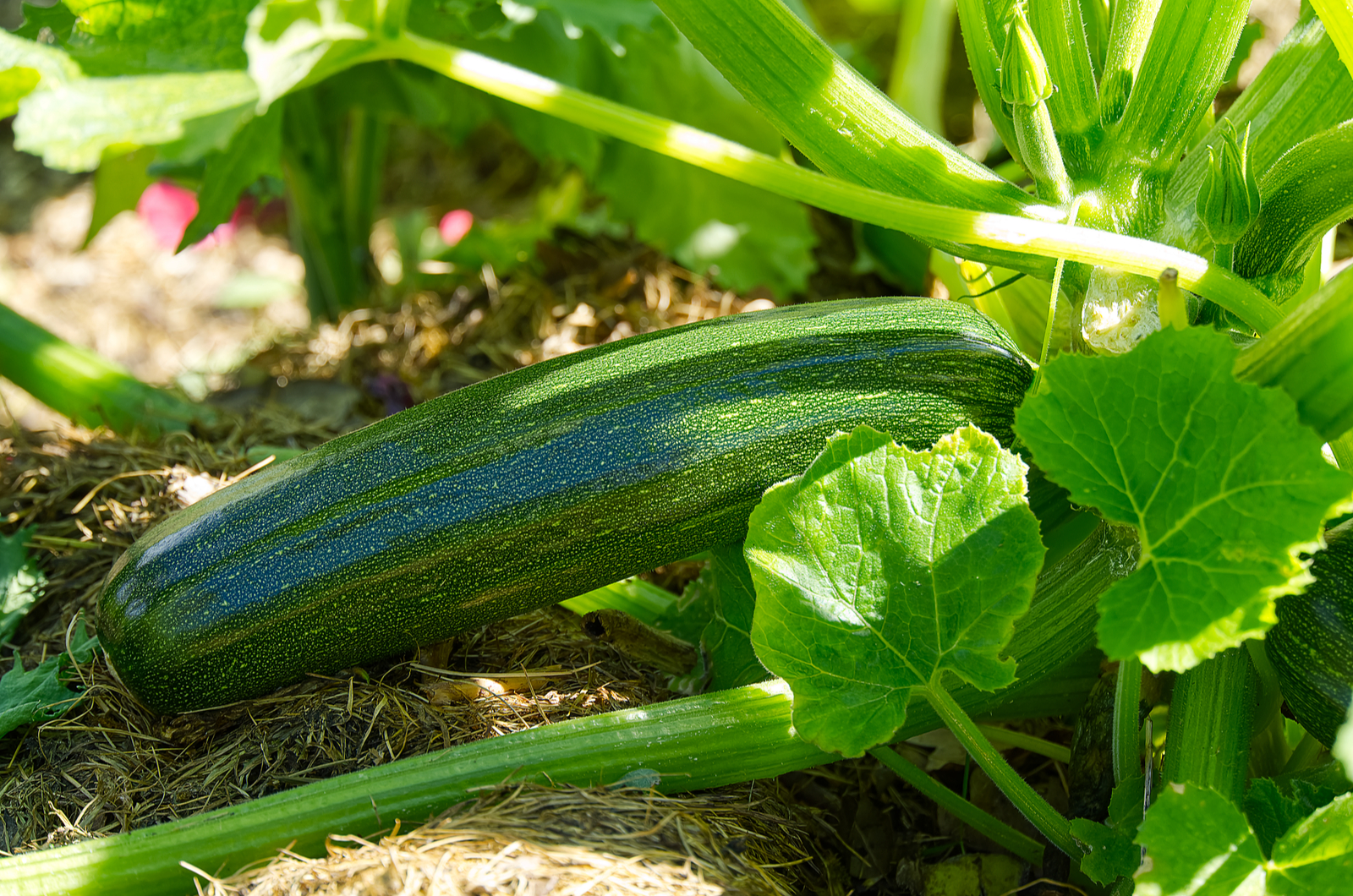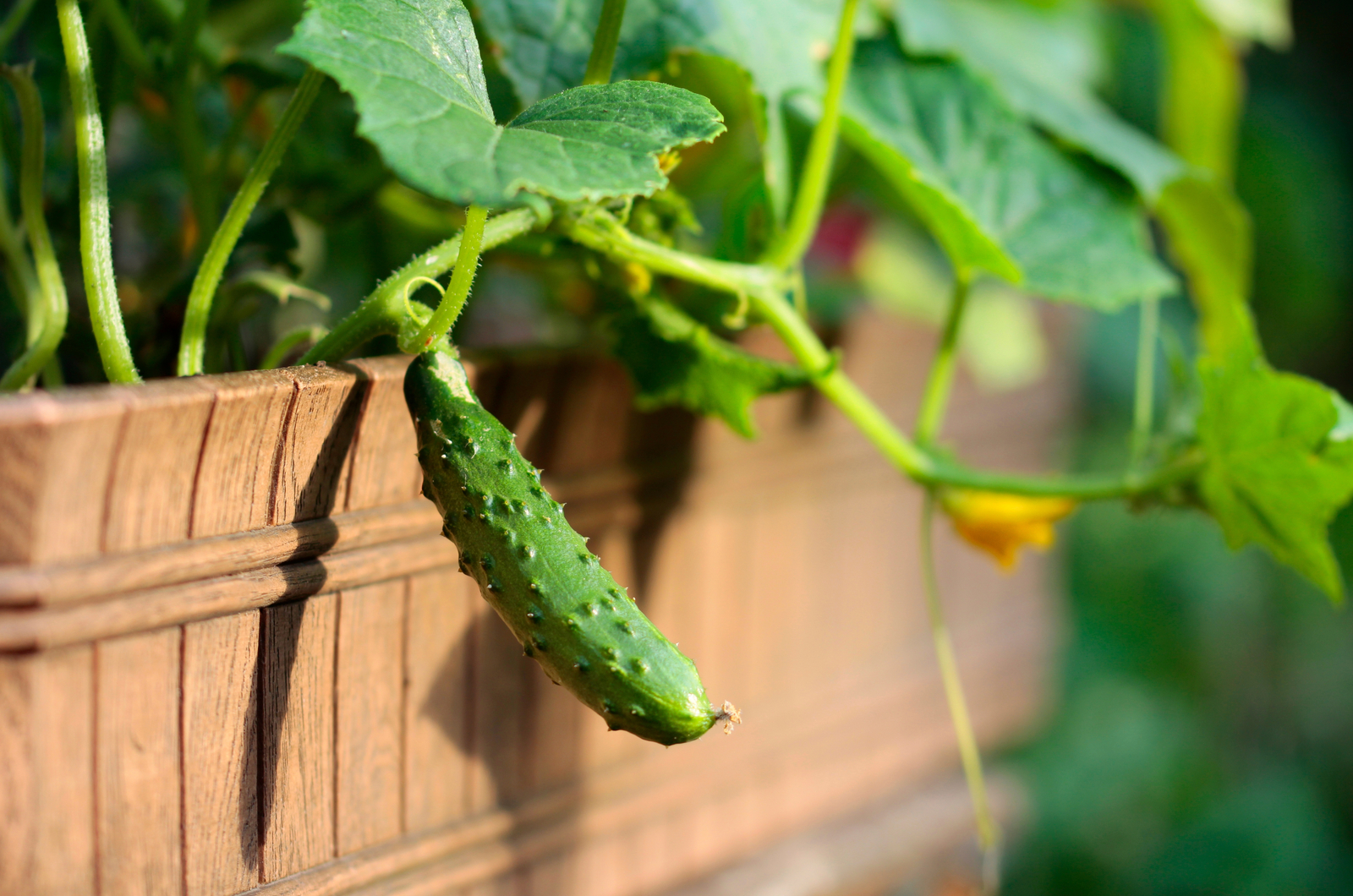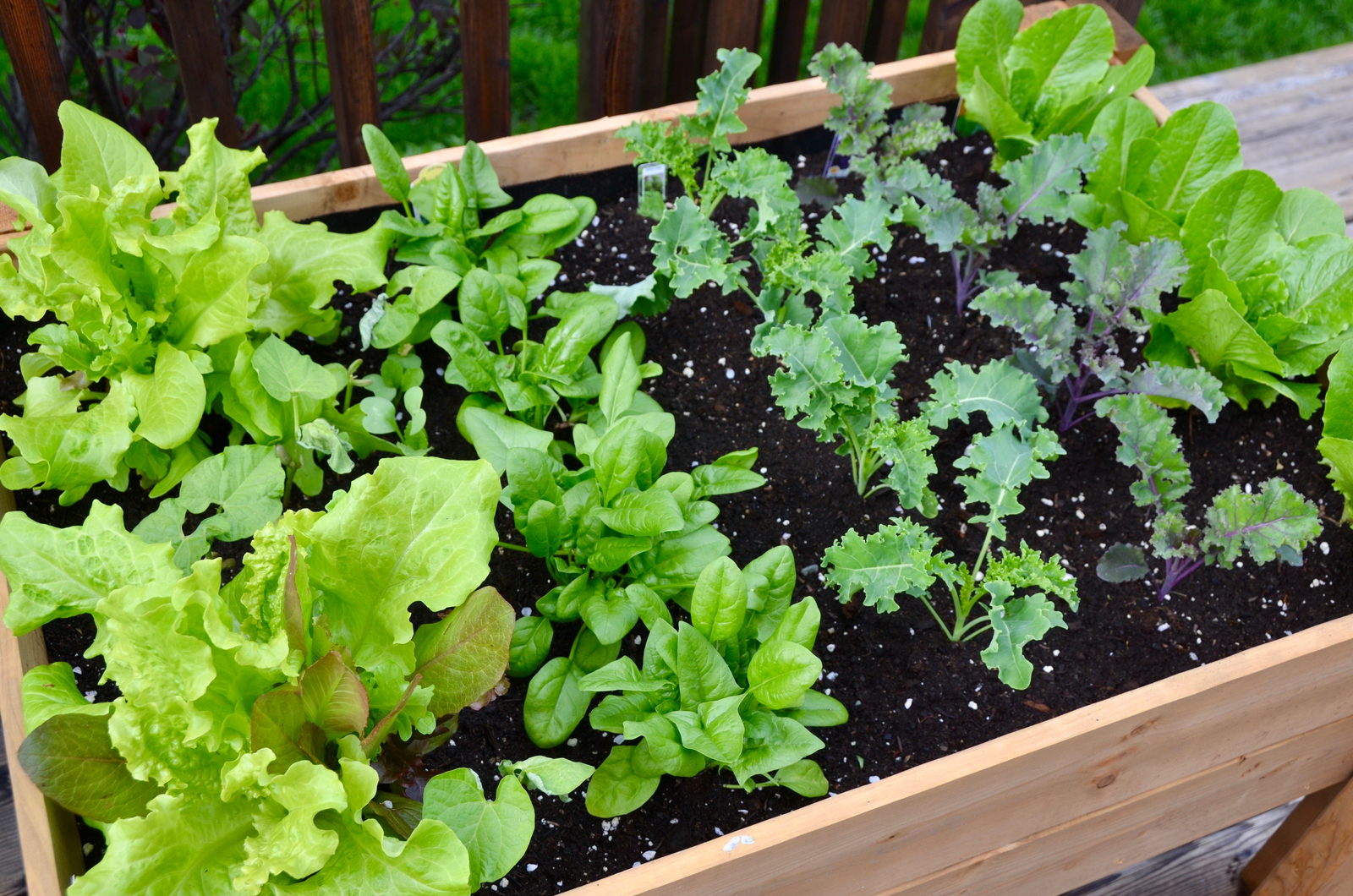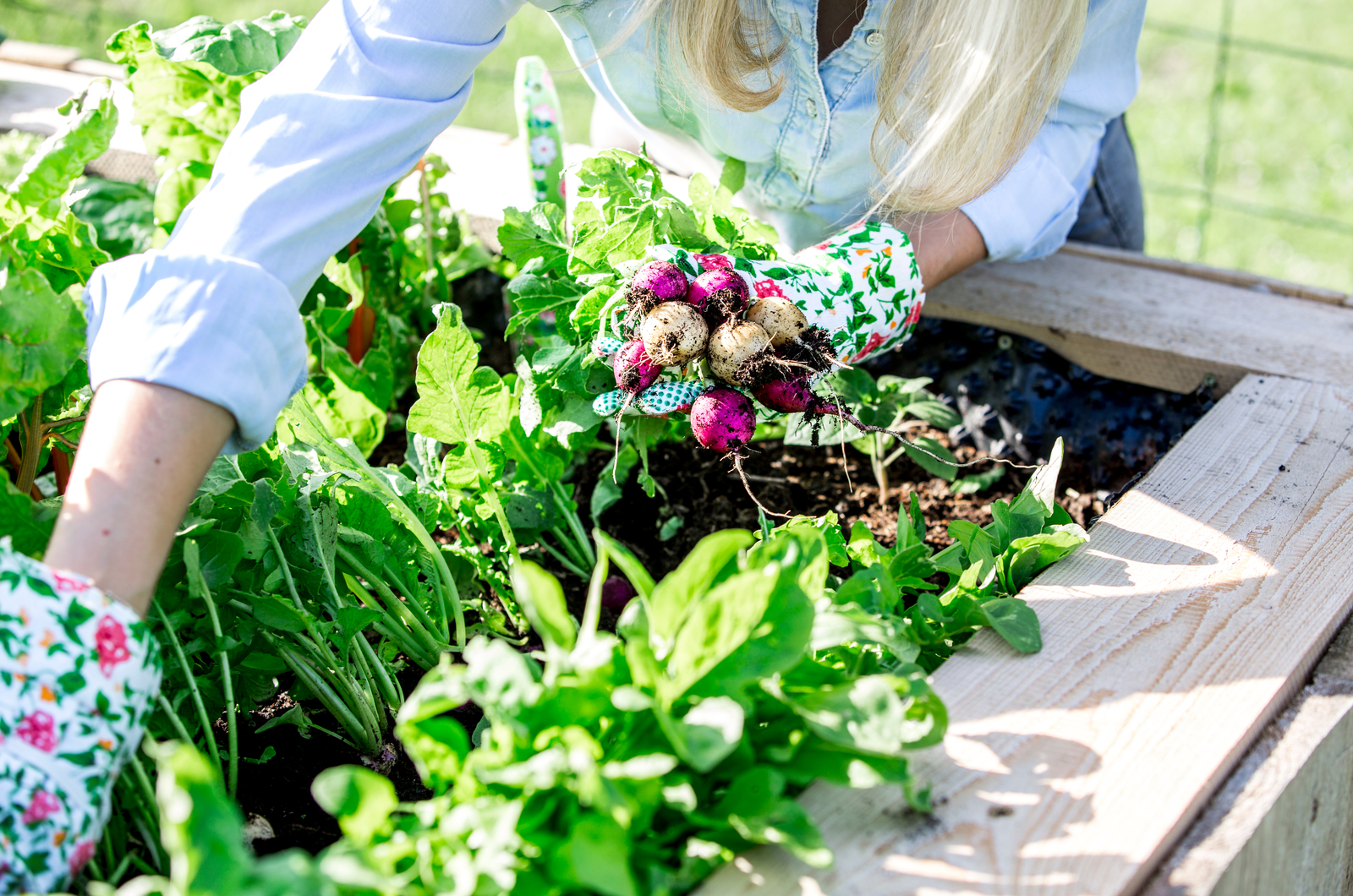Did you know that you can combine the large space you get from in-ground gardening and the convenience of container gardens?
Build your own raised garden beds and plant any veg you like. Any soil, drainage, and space issue is resolved by installing a raised garden bed.
And it’s fairly simple and affordable to make them. Line them with cardboard, fill them with twigs and logs, add some shredded leaves, and cover it all with some topsoil.
However, they’re not suitable for every plant, or rather, you don’t want to waste what little room you have on growing huge plants in them.
Let’s see what you should and shouldn’t grow in these plots!
What Can You Grow In Raised Beds?
You can grow pretty much anything you want in raised beds, whether it’s one 700-pound pumpkin or hundreds of carrots.
But just because you can do something, doesn’t mean you should! Some plants are simply a better choice for raised beds because they don’t require much space or time to grow.
The thing is, you can grow all the veggies from this list in your raised beds. But know that some are better suited for other settings. I mean, there aren’t many people planting corn in their raised garden beds.
That’s because there are better options that fulfill all the needs of this veg and allow it to grow optimally, such as growing it in blocks of 10, 25, or 50 plants.
Therefore, you’ll get a larger yield if you plant large veggies in the open space where you can grow as many plants as you’d like than if you limit yourself with a couple of feet of raised beds.
6 Veggies You Shouldn’t Plant In Raised Beds
The following six veggies aren’t the best choice for raised bed planting because they either take too long to grow or they require way too much space.
You can still plant them there, but know that your beds will have 1-2 plants in there max or you’ll have asparagus beds for the next 20 years.
1. Artichokes
Artichokes take up a huge amount of space and they can live for years. This plant can spread up to 6 feet wide, meaning it may be the only thing you grow in your raised bed.
Not only that, but a single artichoke plant may take up the entire plot, which isn’t very economical.
You’d be better off by planting it in a large in-ground garden where it can spread as much as it needs and not be restricted to a small area.
2. Asparagus
Asparagus is another plant that does better in an in-ground garden than a raised bed. It’s because it can take three years for it to start producing sufficient yield and it can keep producing for over 20 years.
That means you’d have to dedicate an entire garden bed to this veg, and if that’s the commitment you’re ready to take, go for it!
Many gardeners love to grow annual veggies in raised beds so that they can circulate the plants, refresh the soil when needed, and have more variety in their lives.
3. Potatoes
Potatoes take up a lot of space and a single potato plant yields about 10 potatoes. They need about 8-12 inches of space between each plant and 2-3 feet between rows, which means a couple of potato plants will be the only thing you can grow in your raised bed.
A couple at best – if you have a large bed!
Additionally, these plants need plenty of room underground to develop healthy tubers, so they won’t do well if you have a shallow raised bed.
Plant them in grow bags, large buckets, or containers and save the space in your raised beds for smaller root crops.
4. Rhubarb
If you’ve ever grown rhubarb, you know it’s huge. It needs about 4 sq ft to grow optimally, so you’d waste your entire raised bed on two rhubarb plants.
But if it’s your favorite food, of course you can plant it in your raised bed. Just don’t expect to be able to fit anything else in there if you want it to thrive (unless you have a gigantic bed).
This plant grows best in the ground with plenty of sunlight and moisture, so make sure to provide it with these conditions, and you can have an unlimited supply of rhubarb all spring long.
5. Tomatoes
I know there are many gardeners that grow tomatoes in their raised beds, and don’t get me wrong, these plants thrive in those settings.
However, they’re huge and a couple of plants will take up the entire space you have. They need about 4 sq ft to grow optimally, and that’s with trellising and regular pruning.
And if you love tomatoes that much, you can find better ways to grow them. For instance, you can plant them in containers, 5-gallon buckets, greenhouses, regular vegetable gardens, or even choose a large grow bag for tomatoes.
These options will save you so much space, time, and provide you with a huge harvest, which is the end goal here.
6. Zucchini And Squash
Zucchini is another veg that grows perfectly well in raised beds, but isn’t the best option for them.
It takes up at least 2 sq ft and that’s if you tidy it and keep it in check. Growing zucchini vertically is one way to save some space, but you’ll also need plenty of room since this plant requires a large and sturdy trellis.
Other sprawling squash, such as pumpkins, winter squash, and even melons face the same issue. These plants are better off in an in-ground garden where they can spread as much as they want.
This will keep them healthy and give you room in your raised beds for various herbs, root crops, or leafy greens.
7 Best Veggies For Raised Beds
Unlike the veggies from above, the ones in this section are perfect for raised beds. They don’t take that much space, so you can combine various plants and get more diversity in your garden and on your table.
1. Beans
The first thing when growing beans is deciding whether to get a bush or pole variety. Pole beans can save you space because you can train them on a trellis and they are more disease-resistant.
But if you want to harvest beans sooner, then a bush variety is for you. There are other differences between bush and pole beans that can help you decide which one to get, but know that both grow well in raised beds.
Trellis the pole beans, stagger plant the bush beans, and you’ll get the best use of the space.
Pop a couple of seeds into the ground once your cool-season veggies finish producing, and you’ll get the most out of your raised beds.
2. Cucumbers
There are many great tips for growing cucumbers, and one of them is getting the soil quality and fertility right. You can achieve this by growing these veggies in raised beds where you can control these conditions easier than in the ground.
That’s why cucumbers thrive in raised beds and will reward you with plenty of fruit in the summer.
Also, cucumbers don’t take too much space in raised beds if you trellis them, so you can interplant them with their favorite companions and reap the benefits.
Transplant the seedlings close to the trellis and help them climb if needed. Make sure to put the trellis in before transplanting seedlings so that you don’t disturb or damage the roots.
3. Eggplants And Peppers
All nightshades can grow in raised beds, but unlike tomatoes, peppers and eggplants are more compact and won’t take up the entire bed.
They also need a warm substrate to produce ample fruit. The soil in raised beds warms up faster than the in-ground one, so growing these plants in these conditions will ensure they fruit a bit sooner.
Choose your favorite types of pepper plants, plant them with other veggies, and maximize the space your garden bed has to offer.
4. Leafy Greens
Spinach, lettuce, kale, Swiss chard, bok choy, mustards – these are all the leafy greens you can safely grow in your raised beds without dedicating an entire plot to a single plant.
They have a small footprint, so you’ll get plenty of diversity in your plot.
Another great way of getting the most out of your raised beds is combining cool and warm-season crops. Once the cool-weather veggies finish for the season, you can take them out and transplant the warm-weather ones you started indoors.
5. Onions, Garlic, And Leeks
You can barely cook anything without these kitchen staples. And they’re perfect veggies for raised beds.
They don’t need much room and can even grow in shallow beds, so you don’t have to accommodate them too much.
A single bulb produces one onion, but you can still have an enormous yield since you don’t have to space them that much.
And to use all the free room you have in your beds, you don’t have to grow these alliums in rows. Since they have such a tiny footprint, you can plant them wherever there’s room.
Just remember to research the preferred growing conditions of these alliums and the crops you want to interplant them with. Make sure the moisture and light requirements match, and start planting.
6. Peas
Peas are another veg with a small footprint that thrives in raised beds. Train them on a trellis and you’ll get plenty of room you can use for your other vegetables.
Since these are a cool-season crop, you can plant them in early spring and fall and double your harvest.
7. Root Crops
Carrots, beets, parsnips, radishes – take your pick. These veggies are perfect for raised beds as they don’t require that much room to grow, so you can plant them all if you’d like and still have some room left for a couple of bean and pepper plants.
In fact, all these root veggies grow better in raised beds than in the ground. That’s because rocks can deform their roots and cram them, making it hard for them to grow properly.
But since raised beds usually don’t have any rocks in them, this isn’t an issue. The soil is healthy, it isn’t too compacted, and it doesn’t retain too much moisture.
Just make sure your bed is deep enough to fit the edible roots. Research the mature root size of different varieties and choose those that produce slightly shorter roots than your raised bed just to be certain.
Final Thoughts
I just want to give you a quick reminder and say that you can definitely grow all these veggies in raised beds.
However, if you want to use the small space they offer in the best possible way, huge plants such as rhubarb, tomatoes, artichokes, etc. aren’t the greatest options.
You’d be better off using trellises for cucumbers and pole beans and adding some root crops in the front where they can get plenty of sunlight. This way you can use the full potential of your raised bed and have a large yield.

